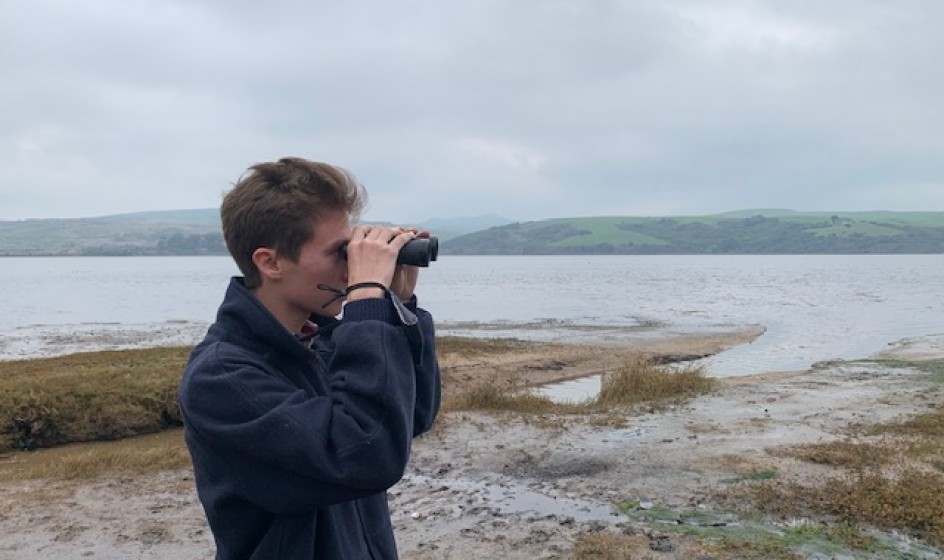

Black Rail

Danger stranger: Does the invasive American mink prey on the endangered black rail?
As a species, the black rail (Laterallus jamaicensis) is listed as Endangered on the IUCN Red List and is threatened mainly by habitat alteration and loss. More specifically, changing water levels severely affect the species’ breeding success. The vast majority of the previous research conducted on this species occurred in the United States and literature on the species in other countries where it occurs is absent. One such subspecies that is not represented in the research literature is the subspecies that occurs in Chilean and Argentinian Patagonia, L. j. salinasi. For this subspecies, there is no population estimate and it is not even known if the species migrates. In addition to similar threats as in the US, it is suspected that this subspecies is being predated upon by American minks (Neovison vison) which are invasive in South America.
The aim of this project is to collect much-needed baseline data on the black rail subspecies in the Los Ríos Region in Chilean Patagonia. This includes information if American minks are consuming the rails and to determine where exactly in the Los Ríos Region the birds occur. The data from these two aspects of the project are vital in determining action plans for the conservation of this endangered (sub-) species.

Danger stranger: Does the invasive American mink prey on the endangered black rail?
As a species, the black rail (Laterallus jamaicensis) is listed as Endangered on the IUCN Red List and is threatened mainly by habitat alteration and loss. More specifically, changing water levels severely affect the species’ breeding success. The vast majority of the previous research conducted on this species occurred in the United States and literature on the species in other countries where it occurs is absent. One such subspecies that is not represented in the research literature is the subspecies that occurs in Chilean and Argentinian Patagonia, L. j. salinasi. For this subspecies, there is no population estimate and it is not even known if the species migrates. In addition to similar threats as in the US, it is suspected that this subspecies is being predated upon by American minks (Neovison vison) which are invasive in South America.
The aim of this project is to collect much-needed baseline data on the black rail subspecies in the Los Ríos Region in Chilean Patagonia. This includes information if American minks are consuming the rails and to determine where exactly in the Los Ríos Region the birds occur. The data from these two aspects of the project are vital in determining action plans for the conservation of this endangered (sub-) species.
Project goals
- To understand whether and to what extent the predation by invasive American minks is threatening the Chilean black rail subspecies
- To determine the range of the Chilean black rail subspecies
Planned activities
- To conduct DNA analysis of stomach contents of American minks that are acquired from the government’s trapping programme, in order to determine the extent to which minks pray on black rail
- To conduct a presence survey by (1) playing recordings of black rail calls and listening for responses and (2) installing autonomous recording units that work like camera traps, but record the sound of a landscape. Black rail calls are then detected by software or manually.